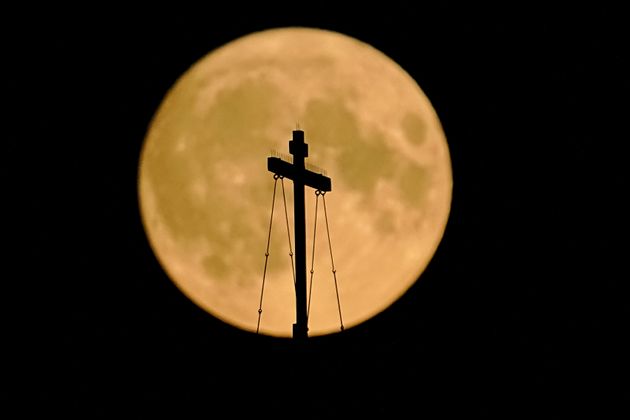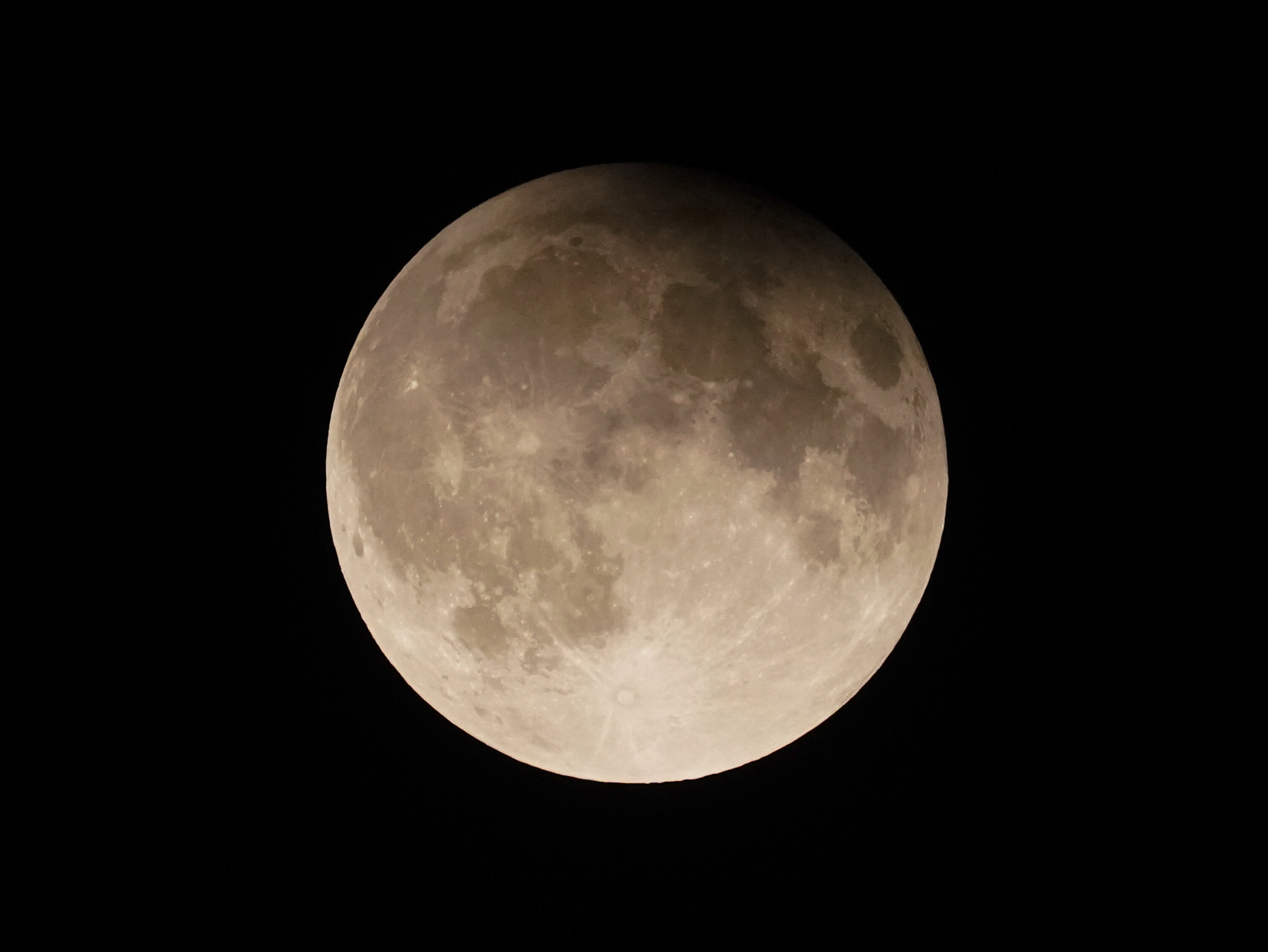
Supermoons, which happen when the moon is at the closest point to Earth in its orbit, are often a pretty spectacular event.
We’ve had a good run of them recently, with last month’s Hunter’s moon being particularly spectacular.
There’s only one supermoon left of 2025, which is set to rise at 3.30pm this afternoon (Friday 15 November).
This is called a Beaver moon ― but why the title?
Beaver moon refers to animal activity
Last month’s Hunter moon was so called because it rises at a good time for harvest and hunting.
In fact, every month’s full moon has its own name ― it just so happens that November’s and October’s happened to be supermoons as well.
Like Hunter’s moon, this month’s Beaver moon may relate to hunting.
According to the Met Office’s X post from 2018, “the name originates from Native Americans who set beaver traps before the winter arrived”.
However, Royal Museums Greenwich writes that it may have a different meaning too. “There is disagreement over the origin of November’s beaver moon name,” they shared on their site.
“Some say it comes from Native Americans setting beaver traps during this month, while others say the name comes from the heavy activity of beavers building their winter dams. Another name is the frost moon.”
Where and when can I watch the supermoon?
Per astronomy site The Comet, the moon will rise at half three today but won’t appear at its brightest ’til 9:28 this evening.
Simply looking up at the night sky will give you a great look at the spectacle.
“As long as there aren’t too many clouds, the full Moon will be an unmistakable white orb in the sky,” Royal Museums Greenwich says.
Due to an “optical illusion,” they add, “seeing moonrise just after sunset or moonset just before sunrise will be an impressive sight as the Moon will appear enormous compared to the surrounding landscape”.


